Filter by
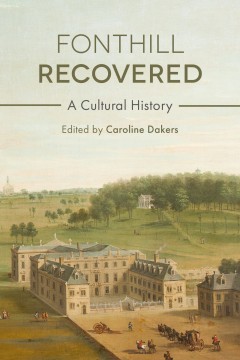
Fonthill recovered : a cultural history
Fonthill, in Wiltshire, is traditionally associated with the writer and collector William Beckford who built his Gothic fantasy house called Fonthill Abbey at the end of the eighteenth century. The collapse of the Abbey’s tower in 1825 transformed the name Fonthill into a symbol for overarching ambition and folly, a sublime ruin. Fonthill is, however, much more than the story of one man’s e…
- Edition
- -
- ISBN/ISSN
- 9781787350458
- Collation
- xxiii, 397 p. ill;
- Series Title
- -
- Call Number
- 942.319 FON C
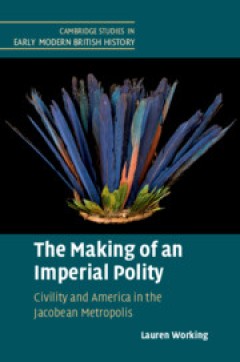
The Making of an Imperial Polity : Civility and America in the Jacobean Metro…
Bringing to life the interaction between America, its peoples, and metropolitan gentlemen in early seventeenth-century England, this book argues that colonization did not just operate on the peripheries of the political realm, and confronts the entangled histories of colonialism and domestic status and governance. The Jacobean era is reframed as a definitive moment in which the civil self-prese…
- Edition
- -
- ISBN/ISSN
- 9781108625227
- Collation
- xiv, 270 p ; ill
- Series Title
- -
- Call Number
- 970.02 MAK L
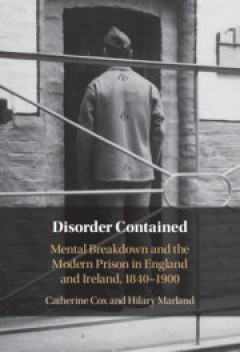
Disorder Contained : Mental Breakdown and the Modern Prison in England and Ir…
Disorder Contained is the first historical account of the complex relationship between prison discipline and mental breakdown in England and Ireland. Between 1840 and 1900 the expansion of the modern prison system coincided with increased rates of mental disorder among prisoners, exacerbated by the introduction of regimes of isolation, deprivation and hard labour. Drawing on a range of archival…
- Edition
- -
- ISBN/ISSN
- 9781108993586
- Collation
- ix, 318 p ; ill
- Series Title
- -
- Call Number
- 365.608740941 DIS C
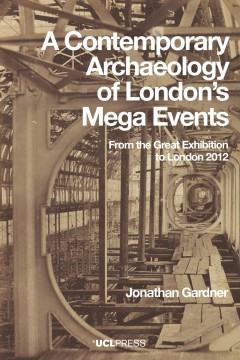
CONTEMPORARY ARCHAEOLOGY OF LONDONS MEGA EVENTS : from the great exhibition t…
A Contemporary Archaeology of London’s Mega Events explores the traces of London’s most significant modern ‘mega events’. Though only open for a few weeks or months, mega events permanently and disruptively reshape their host cities and societies: they demolish and rebuild whole districts, they draw in materials and participants from around the globe and their organisers self-consciousl…
- Edition
- -
- ISBN/ISSN
- 9781787358447
- Collation
- xiii, 279 p. ill;
- Series Title
- -
- Call Number
- 942.100909 CON J
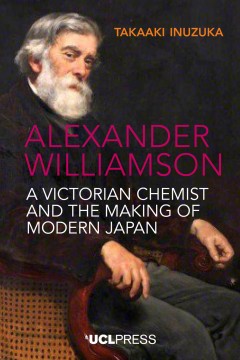
Alexander Williamson : a victorian chemist and the making of modern Japan
Alexander Williamson was professor of chemistry at UCL (1849–87) and a leading scientist of his time. He taught and cared for visiting Japanese students, thereby assisting them with their goal of modernising Japan. This short, accessible biography explores his contribution to nineteenth-century science as well as his lasting impact on Japanese society. In 1863 five students from the Chōsh…
- Edition
- -
- ISBN/ISSN
- 9781787359314
- Collation
- xiii, 133 p. ill;
- Series Title
- -
- Call Number
- 540.92 ALE H
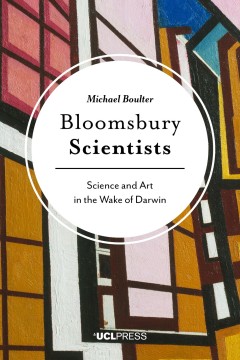
Bloomsbury scientists : science and art in the wake of Darwin
Bloomsbury Scientists is the story of the network of scientists and artists living in a square mile of London before and after the First World War. This inspired group of men and women viewed creativity and freedom as the driving force behind nature, and each strove to understand this in their own inventive way. Their collective energy changed the social mood of the era and brought a new synthe…
- Edition
- -
- ISBN/ISSN
- 9781787350045
- Collation
- xiv, 198 p. ill;
- Series Title
- -
- Call Number
- 509.420904 BLO M
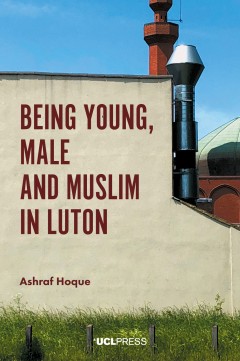
Being young, male and Muslim in Luton
What is it like to be a young Muslim man in post-7/7 Britain, and what impact do wider political factors have on the multifaceted identities of young Muslim men? Drawn from the author’s ethnographic research of British-born Muslim men in the English town of Luton, Being Young, Male and Muslim in Luton explores the everyday lives of the young men and, in particular, how their identity as Musli…
- Edition
- -
- ISBN/ISSN
- 9781787351349
- Collation
- viii, 115 p.
- Series Title
- -
- Call Number
- 305.6970942567 BEI T

An anthropology of landscape : the extraordinary in the ordinary
An Anthropology of Landscape tells the fascinating story of a heathland landscape in south-west England and the way different individuals and groups engage with it. Based on a long-term anthropological study, the book emphasises four individual themes: embodied identities, the landscape as a sensuous material form that is acted upon and in turn acts on people, the landscape as contested, and it…
- Edition
- -
- ISBN/ISSN
- 9781911307433
- Collation
- xix, 346 p. ill;
- Series Title
- -
- Call Number
- 333.95160941 ANA C
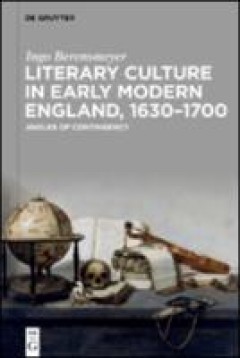
Literary culture in early modern England, 1630 -1700 : angles of contingency
This book explores literary culture in England between 1630 and 1700, focusing on connections between material, epistemic, and political conditions of literary writing and reading. In a number of case studies and close readings, it presents the seventeenth century as a period of change that saw a fundamental shift towards a new cultural configuration: neoclassicism. This shift affected a wide a…
- Edition
- -
- ISBN/ISSN
- 9783110691375
- Collation
- ix, 282 p. ill;
- Series Title
- -
- Call Number
- 820.9355 LIT I
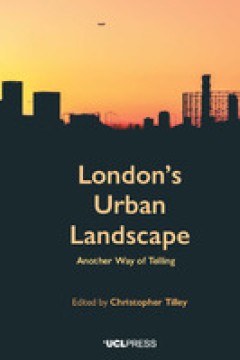
London's urban landscape : another way of telling
London’s Urban Landscape is the first major study of a global city to adopt a materialist perspective and stress the significance of place and the built environment to the urban landscape. Edited by Christopher Tilley, the volume is inspired by phenomenological thinking and presents fine-grained ethnographies of the practices of everyday life in London. In doing so, it charts a unique perspec…
- Edition
- -
- ISBN/ISSN
- 9781787355583
- Collation
- xxi. ;ill. :458 p.
- Series Title
- -
- Call Number
- 307.760941. CHR l
 Computer Science, Information & General Works
Computer Science, Information & General Works  Philosophy & Psychology
Philosophy & Psychology  Religion
Religion  Social Sciences
Social Sciences  Language
Language  Pure Science
Pure Science  Applied Sciences
Applied Sciences  Art & Recreation
Art & Recreation  Literature
Literature  History & Geography
History & Geography